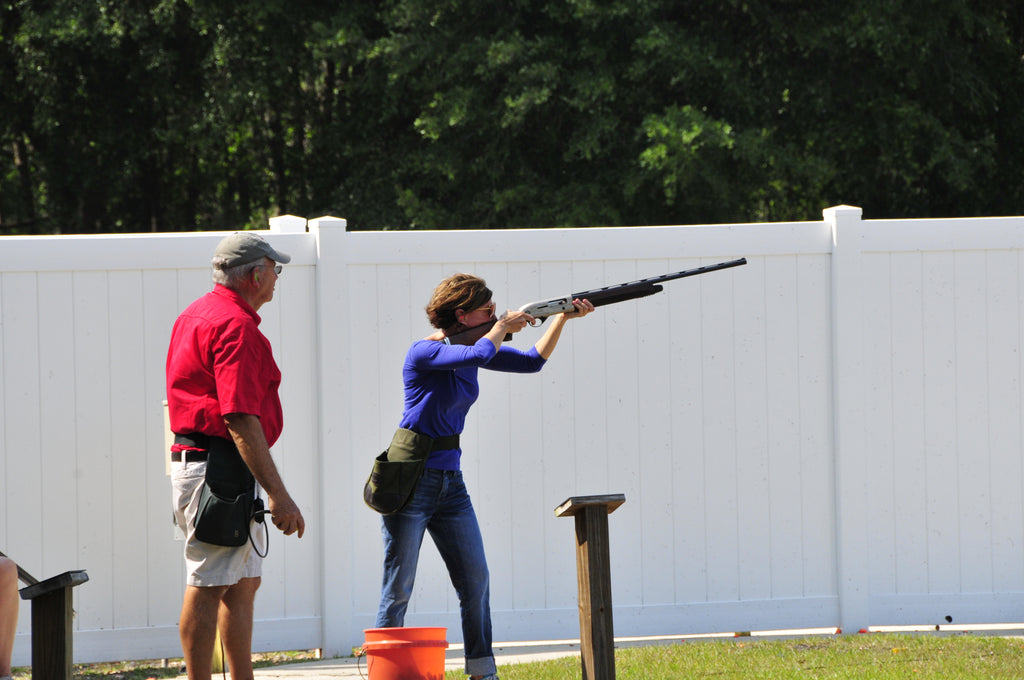
In addition to maintaining the proper safety culture, managers of construction equipment need to consider the theft of equipment. By investing in security measures, you can discourage theft from employees as well as discourage outside thieves. Managers can find ways to reduce losses by analysing them. For effective equipment management, it is important to know where your equipment is at all times. Listed below are some tips to help managers of construction equipment manage equipment effectively. Continue reading for more information. Don't forget to make the most out of your equipment investments.
Maintenance
PUWER or the Principles for safe use and maintenance requires that work equipment be maintained and repaired regularly. This law may not apply if you are self-employed. The HSE provides guidance on safety and health law. However, effective maintenance of equipment can help you meet PUWER requirements and improve productivity while reducing your impact on the environment. Find out how efficient maintenance can benefit you.
Inspection
Regular inspection of equipment will prolong its lifespan and help prevent breakdowns. Contrary to sudden failures, the effects on equipment that fail are usually less severe and can often be detected early. This helps prevent equipment failure and minimizes downtime. Regular inspections also increase productivity, and help prevent unexpected downtime. This will impress your employees and clients. It is important to regularly inspect and maintain equipment. To learn more, click the button below to discover how regular inspection of equipment can benefit your company.

Training
You can train engineers and technicians with different pieces of equipment. These are primarily demonstration tools that demonstrate how different systems function. Clear plastic engines are one example of such equipment. These tools provide lab exercises that allow students the opportunity to investigate system parameters. The following products are used in training laboratories:
Exemptions
Material handling equipment appears to be taxable throughout the manufacturing process. Fortunately, many states offer exemptions to allow the purchase and usage of material handling gear. These benefits can be maximized by understanding the requirements of your state and your production process. Each state has its own exemptions. Some states grant exemptions to equipment for the first or last processing machine. Others have more restrictive definitions.
Excessive downtime
To prevent equipment malfunctions causing excessive downtime, employees must be properly trained. Training operators on proper equipment usage can pose a risk to your business. According to an estimate, 23% unplanned downtime can be attributed to human error. This can be avoided with proper training and staffing. The possibility of component failure can also occur with older equipment. This is why preventative maintenance plans must be created.
Maintenance costs
You can track your equipment maintenance expenses if you're thinking about investing in new equipment. This will allow you to calculate how much money you'll spend each year on new purchases and repairs. You can save money if you plan ahead. Here are some tips to help you get started. These are the costs to keep in mind when you shop for new equipment. Compare prices between different suppliers.

Safety measures
Safety equipment is only one part of the equation. You need to take precautions when using it. When people step on or around machinery, it is the number one cause of injury. Verify that all arms extend fully in the cab. Make sure to test safety equipment. Pre-shift inspections of equipment can be performed to identify any defects or buildup. Also, make sure to check the smoke detectors or safety alarms.
FAQ
What are some of the benefits of hunting
Hunting is a tradition that many cultures have followed for centuries. It was used to obtain food, clothing and shelter. Even today, hunters still hunt for sport but also food and recreation. Hunted animals' meat is often consumed right after being killed. The skin, fur and feathers of the animal are then eaten, along with any other parts such as their antlers, horns or teeth.
Hunting isn't just a way of eating; it's a lifestyle.
People who hunt have strong family ties and friendships because they spend time together. They share stories, memories and laughs around campfires or over meals.
Hunting and nature are a joy for hunters, and this helps them appreciate the rest of our planet.
They learn responsibility and respect for others when they take care of game animals.
Conservation is a way for hunters to become better citizens. They work to protect habitats, species, and the environment. They know how much water and land we need to survive.
Hunters are part of a community. Their families depend upon them. They support one another. They support local businesses.
Hunters can also give back. Many hunters contribute money to charity organizations that aid children, the elderly, veterans, and others.
Hunters have the option to volunteer their time to help others in need. For example, they could work with the Humane Society of the Red Cross.
What is the most critical part of hunting wildlife?
How do you get there? First, we need to know how to shoot accurately. Then we must learn to hit our target. Finally, we need to learn how we can make adjustments if we fail.
The most important part of hunting is knowing what you're doing. It is impossible to improve your hunting skills if you don’t know what you’re doing. Even though you might feel that you have improved through better shots, it doesn't mean you will be any better. This holds true when it comes to hitting targets. You won't improve if you don't know why you are missing. This means that it is essential to understand what your goal is.
This is where knowledge plays a major role. Your ability hunt depends on how well you know the animal you want to kill. While out in the natural world, it is important that you learn everything you can about any animal you encounter. It's important to learn about their habits, personalities, and behaviors. You can plan your hunts to make them run smoothly.
Learning from past success stories is a great way to improve your skills. This topic is covered in many books. In addition, there are websites like www.thehuntingzone.com that offer great tips and advice. Finally, there are people who have years of experience behind them. They can help you identify what works and what doesn't work.
Once you've learned everything you can, it's time to practice. Practice makes perfect. You shouldn't practice until your confidence is high. Instead, practice until confidence is built. Confidence is a way to relax and enjoy the process. Relaxation can help you focus on the task in hand. Concentration allows you to take advantage of every opportunity that presents itself. Opportunities will only appear if you are calm and focused.
Now it's time put your new skills to work. If you fail, don't be discouraged. Keep practicing and improving. You will eventually achieve success.
Where is hunting most popular in the US?
The Midwest is the best place to hunt, as people live off the land.
Hunting is also very common in the Northeast, as many of those who live there were raised on hunting traditions.
Hunters from all over the country come to these states for the big game animals.
Hunting is not as common in other regions of the country, which makes them less likely to support hunters.
What do I need to know about hunting?
To hunt well, you need to be able understand how the animal moves and its habits. Also, learn how to avoid getting hurt.
It is crucial to understand the hunting laws of your state. Some states allow certain types while others ban hunting altogether.
Other factors include the terrain and weather conditions as well.
If you are considering this hobby, consider whether you prefer to hunt alone or with your friends.
Hunting is an enjoyable activity for many people. Because it helps you concentrate on your goal. If you're not with someone else, you could miss your chance.
Hunting requires planning. To hunt at the best places, you will need to plan.
Prepare your weapons as well. Before leaving home, you should clean your guns and check if they are working properly.
Proper clothing is essential when hunting. Be prepared for weather changes and terrain.
You should always have enough water and food. Extra ammunition and supplies are also recommended for you in case of an emergency.
Never leave anything behind. It could be damaged or lost.
You should pick a safe area that is free from predators before you go hunting.
Be sure to follow the government's rules. These regulations are for both humans and wildlife.
What type of training does it take to become an experienced hunter? What is the average time it takes?
You must take a basic course to learn how to hunt. This course will help you learn about different game types and the laws that surround hunting.
This course will teach you how to safely handle guns and ammunition. These items will be safely used.
This course lasts anywhere from two weeks to three months. Some courses can only be taken online. Others are held in person.
To qualify for a license, you must pass a written test. You might also need proof that you have completed a hunter's education course.
What does it cost to be licensed? What if I don't have enough money?
Costs for getting licensed vary depending on which state you are in. It costs between $20 and $100.
You might be eligible to apply for a loan/grant if you don’t have enough money.
You will also need to pay a tag. Prices for tags vary depending on what type of game you hunt.
There are tags available for bear, elk and moose as well as waterfowl, upland birds and furbearers, such as foxes.
Some states require registration with the Department of Natural Resources to be eligible for a license.
To ensure that you comply with all regulations, it is important to check the local laws before you start hunting.
How much does it cost to become a hunter?
Hunting can be expensive depending on where you live.
In some areas, you may only need to pay a small membership fee to access public lands.
Some states require permits or licenses before you may hunt.
The price of hunting varies based on the type of firearm you use. A rifle costs more than a shooting gun.
A license can range from $10-$50. Depending on the number of days you wish to hunt, you may need to purchase additional tags.
You will need a permit in order to hunt certain species. The species you hunt will dictate the amount you pay.
Wild turkey hunting can be expensive. You'll need to pay $150 for a tag.
Statistics
- - Percent of residents with paid hunting licenses: 0.7%- (stacker.com)
- Over the past 50 years, the number of hunting licenses in California has been on a rapid decline, falling 70% from more than 760,000 in the 1970s to under 268,000 in 2020—even as the state's population has skyrocketed, according to The Mercury News. (stacker.com)
- According to the Wildlife Restoration Act, passed in 1937, most of the state conservation efforts are funded through hunting and fishing license sales and firearms sales. (stacker.com)
- Indiana, for example, saw a 28% jump in turkey license sales during the first week of the season. (stacker.com)
External Links
How To
How to choose the most desirable hunting spots in the forest
Knowing what kind of game you wish to hunt is the first step in hunting. There are many types of wildlife and birds that live within forests. If you don't know what kind of animal you want to hunt, there won't be any places where they can be caught.
There are two main types of animals that live in the forest: large mammals or small mammals. Deer, moose and caribou are the large mammals. Small animals include rabbits, squirrels, hares, grouse, pheasant, partridge, quail, woodcock, pigeon, and dove. Each species needs its own habitat. Before you go out in the woods, it is crucial that you choose the right place. Check the online flora/fauna listing for your area to find endangered species near you. You should ensure that you are not poaching in the area where you intend to hunt a particular species.
It is important to understand how to set up equipment for hunting a particular species. Because it can affect your success rate, it is important to have the right equipment. A rifle that can fire accurately at close range is ideal for hunting rabbits. A rifle that can fire long distances will be necessary for hunting larger animals such as deer. You will also need bait to lure the prey. Some people recommend placing meat inside a trap to lure the animal, while others prefer using corn or peanut butter. No matter which method you choose to use, be sure you adhere to all the laws of the country in which you hunt.
There are many factors to consider when hunting. These include the terrain, vegetation, wildlife populations, and accessibility. Safety is the most important aspect of hunting. Choose a location that is safe from predators and dangerous wildlife. Also, avoid hunting areas that are crowded, especially during hunting season. Also, it is important to keep track of the seasons while hunting. This will help you figure out the best times for you to hunt.
You should consider the weather when choosing a hunting location. This is very important because it determines the number of animals that will be around. When temperatures drop below zero Celsius, snow covers the ground. Coyotes, bears and wolves are more likely to hide beneath the snow, making it hard to track them down. If you are lucky enough to have clear skies, you may be capable of seeing these animals. However, summer temperatures reach above 30°C and the sun warms earth. It is easier for animals to find shelter from the heat, as they move away from it.
You should also consider the terrain. The terrain should be considered. A flat surface is easy to navigate and run over, while uneven surfaces require more effort. Steep slopes can be difficult to climb and streams and rivers can often create muddy trails. You should find a place without obstacles so that you can travel easily.
It is important to look at the vegetation in addition to the terrain. Plants can vary in size and density depending on their environment. Smaller animals will benefit from shade and shelter provided by large trees, while smaller animals will be sheltered and protected by shrubs and bushes. You should search for dense vegetation if you wish to find large animals.
The amount of wildlife should be taken into consideration. There are more than 100,000,000 deer in North America, according to statistics. They eat almost half of the food produced by crops, and they play an essential role in maintaining biodiversity. But if they grow too large, they can become pests and cause damage to the ecosystem. Therefore, it's important to keep the population balanced.